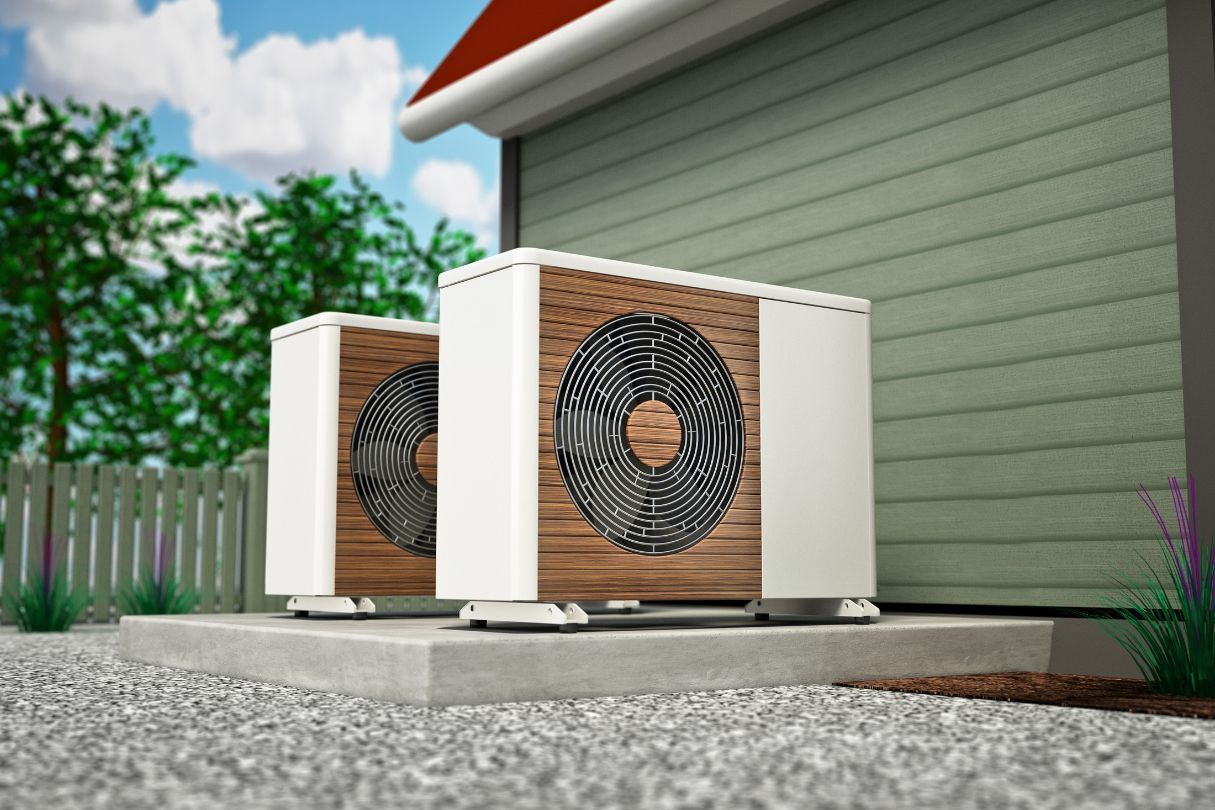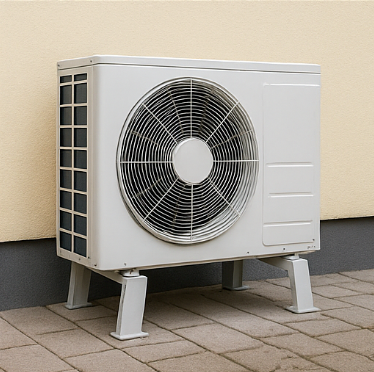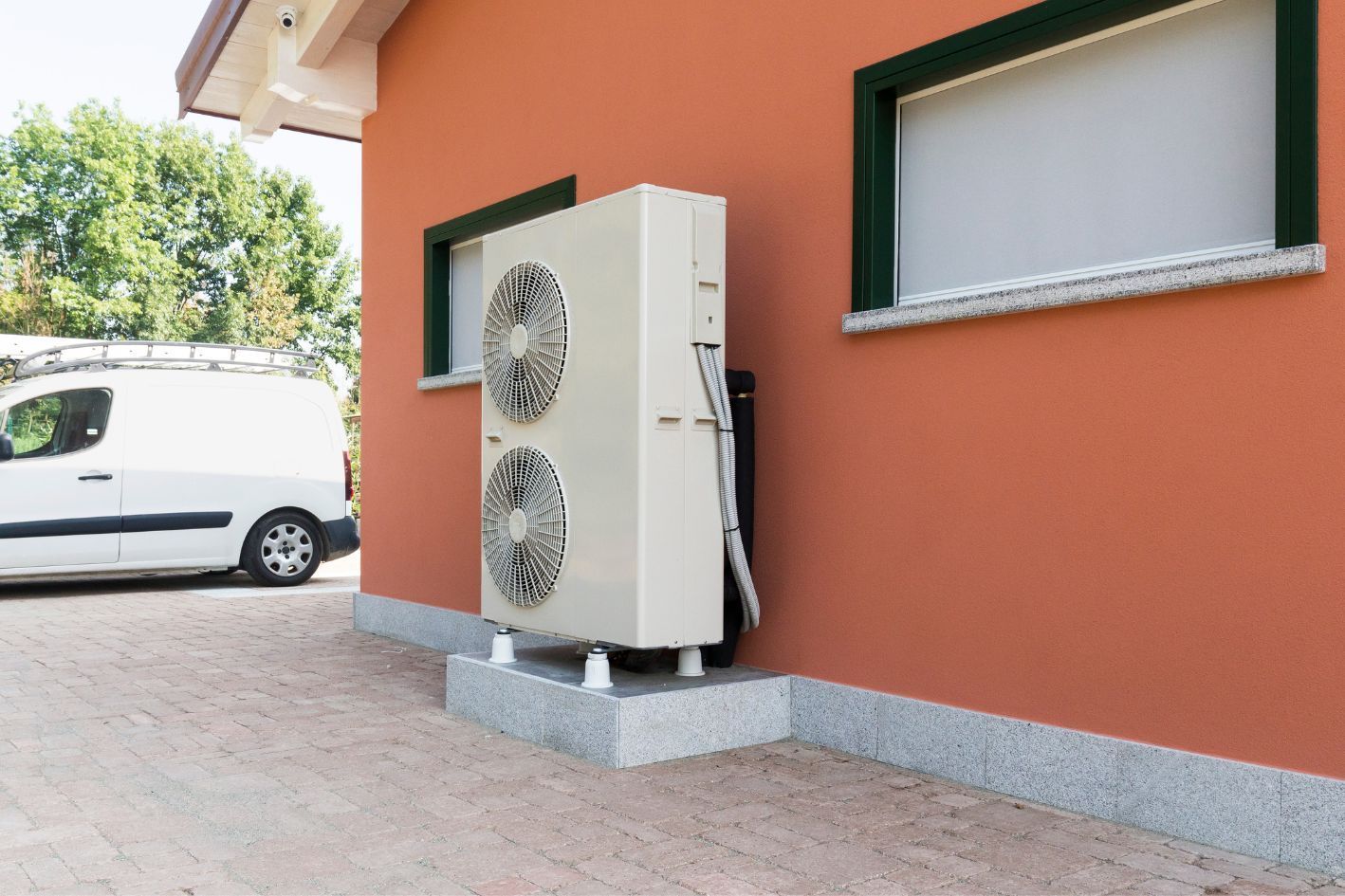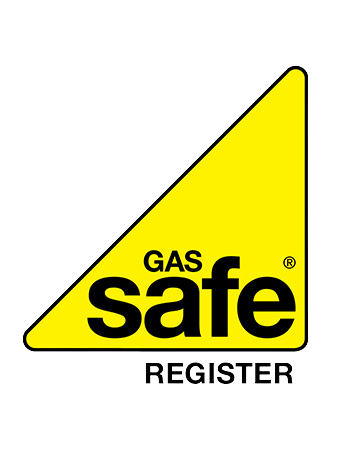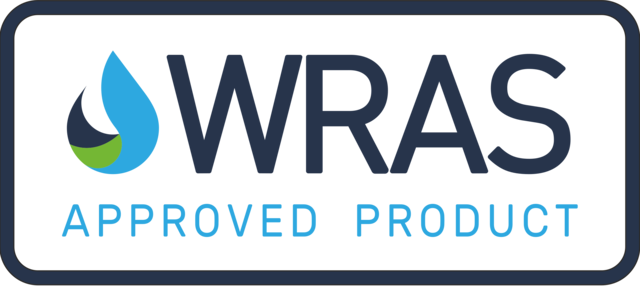Maximising Home Comfort: How Thermal Curtains Boost Your Heat Pump’s Performance
Switching to a more efficient heating solution doesn’t mean abandoning your existing system. Air source heat pumps can work alongside your current heating equipment to create a hybrid system that maximises efficiency and comfort. This approach allows you to benefit from the advantages of both technologies while minimising disruption to your home.
Compatible Integration Options
Air source heat pumps pair effectively with various heating systems. If you have a conventional
gas boiler, the heat pump can handle most of your heating needs during milder weather, with the boiler activating only during the coldest periods. This significantly reduces gas consumption while maintaining consistent warmth throughout your home.
For homes with
radiator systems, specialised
low-temperature heat pumps are designed to work efficiently with existing radiators. Upgrading to larger radiators might improve system performance in some cases, but many modern heat pumps can adapt to your current setup.
Due to the lower water temperatures required, underfloor heating creates an ideal partnership with heat pumps. This combination delivers gentle, consistent warmth while operating at peak efficiency.
Smart Controls Make Management Simple
Modern
control systems automatically coordinate your heat pump and existing heating equipment. These intelligent controllers determine the most efficient heat source based on outdoor temperature, energy prices, and your comfort preferences.
Once properly set up, the seamless operation happens behind the scenes, requiring no manual adjustments.
Financial and Comfort Benefits
Adding an
air-source heat pump to your existing system can substantially reduce energy costs. The
hybrid approach gives you energy flexibility, allowing you to use
the most economical heat source
based on current utility rates and weather conditions.
Beyond savings, this integration improves
temperature stability throughout your home, eliminating the hot and cold spots familiar with conventional systems.
This upgrade also increases your property value while reducing your carbon footprint—practical benefits that make
heat pump integration a wise investment for forward-thinking homeowners.


